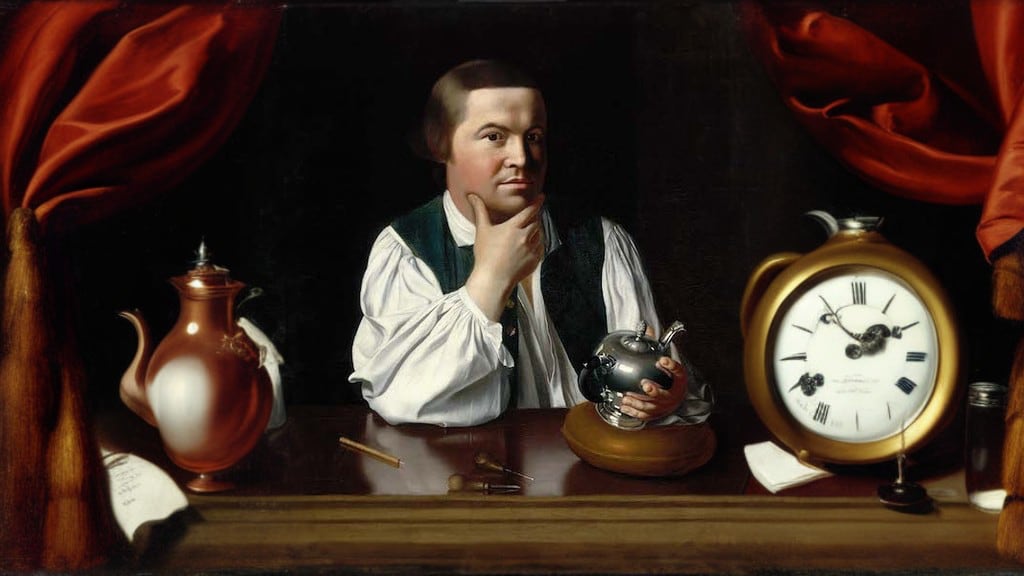Paul Revere rules of Quality Assurance Testing
Lessons we learned from Paul Revere
Paul Revere's famous "midnight ride" during the American Revolutionary War offers several lessons that can be applied to quality assurance testers. While his ride was not directly related to software development or testing, the principles underlying his actions can be translated into valuable lessons for testers.

Paul Revere Painting
Here are some lessons learned from Paul Revere for quality assurance testers:
- Communication is key: Paul Revere's ride was all about spreading information quickly and effectively. Similarly, communication plays a vital role in quality assurance. Testers should ensure clear and concise communication with developers, project managers, and other stakeholders to convey issues, test results, and recommendations.
- Attention to detail: Paul Revere's success relied on paying attention to small but crucial details, such as identifying the types and numbers of British troops and accurately communicating the urgency of the situation. In quality assurance, attention to detail is paramount. Testers must carefully analyze requirements, specifications, and test cases to identify potential issues and ensure comprehensive test coverage.
- Proactive mindset: Paul Revere took the initiative to warn the American colonists of the approaching British forces, demonstrating a proactive mindset. Quality assurance testers should adopt a proactive approach by actively seeking out potential defects, identifying risks, and suggesting improvements. This includes conducting exploratory testing, thinking critically about the system under test, and staying updated on industry best practices.
- Adaptability and flexibility: Paul Revere encountered unexpected challenges during his ride, such as delays and detours. Similarly, quality assurance testers must be adaptable and flexible in their approach. Testing conditions and requirements can change, and testers should be prepared to adjust their strategies and prioritize testing efforts accordingly.
- Collaboration and teamwork: Paul Revere's success was not solely attributed to his individual efforts but also to the cooperation and support he received from other riders and local communities. Quality assurance testers should embrace collaboration and teamwork. They should actively engage with developers, business analysts, and other team members to understand requirements, participate in discussions, and foster a collaborative testing environment.
- Timeliness and urgency: Paul Revere's mission was time-sensitive, and he understood the urgency of spreading the message swiftly. In quality assurance, testers should prioritize timely testing and bug reporting. They need to be mindful of project timelines, release cycles, and critical issues that require immediate attention, ensuring that testing activities align with project goals and milestones.
- Continuous learning and improvement: Paul Revere's ride contributed to the eventual success of the American Revolution, but he also learned from his experiences. Quality assurance testers should adopt a mindset of continuous learning and improvement. They should seek opportunities to enhance their testing skills, stay updated on emerging technologies and methodologies, and actively share knowledge within the testing community.
By embracing these lessons from Paul Revere's actions, quality assurance testers can improve their effectiveness, contribute to the overall quality of software products, and play a vital role in the success of projects.
